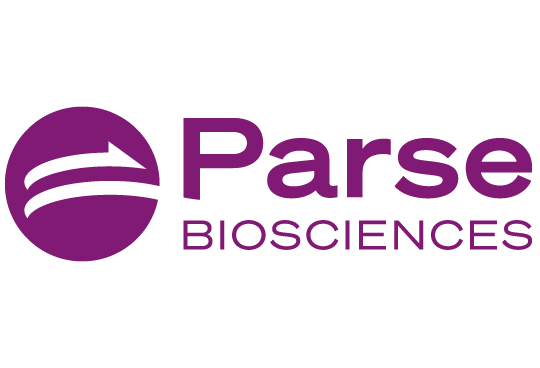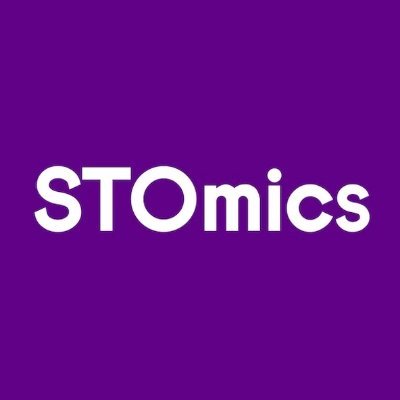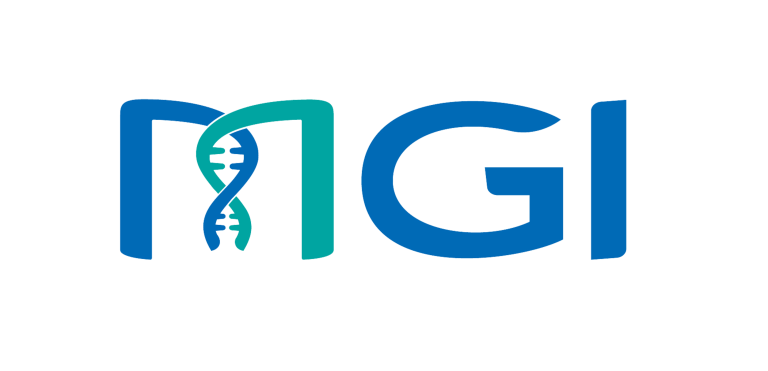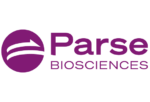



Single-cell and spatial analysis are cutting-edge techniques in biology and biotechnology that allow researchers to investigate biological systems at unprecedented resolution and detail.
By integrating single-cell and spatial analysis approaches, researchers can gain comprehensive insights into the molecular and cellular mechanisms underlying biological processes, identify spatially defined biomarkers, and uncover novel therapeutic targets for a wide range of applications, including cancer research, immunology, neuroscience, and regenerative medicine.
Decode Science works closely with the MGI STOmics and Parse teams and can assist research groups to implement these techniques within their labs – from automation and sequencers, spatial transcriptomics, quality control and more.
At Decode Science, we pride ourselves on the level of flexibility, customisation, and collaboration we bring when working together to come up with a solution that improves outcomes for you and your research cohorts.

This approach involves studying individual cells rather than bulk populations, providing insights into cellular heterogeneity, cell-to-cell variability, and rare cell populations within tissues.
Single-cell analysis techniques include single-cell RNA sequencing (scRNA-seq), which measures gene expression in individual cells, as well as single-cell genomics, epigenomics, and proteomics methods. These techniques enable researchers to characterize cell types, identify cell states, uncover regulatory networks, and understand cellular dynamics in development, disease, and tissue homeostasis.
Spatial analysis techniques capture the spatial organisation and interactions of molecules, cells, and tissues within their native context. Spatial transcriptomics, for example, combines high-resolution imaging with gene expression profiling to map the spatial distribution of RNA molecules within tissue sections. Other spatial profiling methods include spatial proteomics, spatial genomics, and spatial metabolomics, which provide spatially resolved molecular information at various scales, from subcellular compartments to entire tissues. These approaches enable researchers to study complex biological processes, such as cell-cell communication, tissue architecture, and microenvironmental interactions, in health and disease.

STOmics stands at the forefront of advancing spatially-resolved transcriptomic analysis through its revolutionary SpaTial Enhanced REsolution Omics-Sequencing (Stereo-seq) technology. Leveraging proprietary Stereo-seq technology, which is built on DNA Nanoball (DNB) technology, researchers gain access to a groundbreaking tool for exploring spatial biology with unparalleled field-of-view and resolution.
Stereo-seq operates in square-centimeter units, with the standard 1x1 cm RNA capture unit utilizing the STOmics-GeneExpression-S1 Chip. This innovative chip combines centimeter-scale field-of-view in situ capture of comprehensive transcriptome information with nanoscale resolution, resulting in unmatched quality of spatial transcriptomic analysis.
LEARN MORE >

MGI, also known as MGI Tech, is a prominent Chinese biotechnology company specializing in a comprehensive array of products and technologies catering to the genetic sequencing, genotyping, gene expression, and proteomics markets. Headquartered in Shenzhen, China, MGI has established itself as a leading provider of innovative solutions to meet the evolving needs of the biotechnology and life sciences industries. With its diverse product line and cutting-edge technologies, MGI is dedicated to advancing research and applications in genomics and proteomics fields, contributing to scientific breakthroughs and advancements worldwide.
LEARN MORE >

At Parse, our unwavering commitment to pushing the boundaries of single cell science is driven by our dedication to aiding you in unraveling the complexities of biology. We share your insatiable thirst for continual learning, exploration, and the advancement of knowledge in human health and science.
Through pioneering research spanning all facets of biology, single cell sequencing is catalyzing breakthroughs in developmental biology, stem cell therapy, immunotherapy, and our understanding of diseases like COVID-19. From neurology to diabetes, vascular injury, and cancer treatment, this technology is revolutionizing our approach to various medical fields. As new avenues of investigation emerge, Parse remains steadfast in supporting the visionary researchers who are charting the course forward.
LEARN MORE >

BiOptic, Inc. is a pioneering biotechnology instrument company dedicated to the development, manufacturing, and marketing of fully-integrated systems and tests for Fluorescence Immunoassay analysis across various sectors, including research, clinical, and industrial markets. The cutting-edge systems empower rapid and sophisticated Antibody-Antigen interaction testing, automating complex manual laboratory procedures for enhanced efficiency and accuracy.
The user-friendly systems seamlessly integrate multiple intricate and time-consuming steps, such as sample preparation and detection, streamlining the analysis of complex biological samples. Central to the technology are the proprietary pen-size gel-cartridges, which facilitate the efficient processing of samples within the systems.
LEARN MORE >
Get a call from your local Decode Science representative to help you find the best fit genomics products for you.
This site uses cookies. By continuing to browse the site, you are agreeing to our use of cookies.
OKLearn moreWe may request cookies to be set on your device. We use cookies to let us know when you visit our websites, how you interact with us, to enrich your user experience, and to customize your relationship with our website.
Click on the different category headings to find out more. You can also change some of your preferences. Note that blocking some types of cookies may impact your experience on our websites and the services we are able to offer.
These cookies are strictly necessary to provide you with services available through our website and to use some of its features.
Because these cookies are strictly necessary to deliver the website, refusing them will have impact how our site functions. You always can block or delete cookies by changing your browser settings and force blocking all cookies on this website. But this will always prompt you to accept/refuse cookies when revisiting our site.
We fully respect if you want to refuse cookies but to avoid asking you again and again kindly allow us to store a cookie for that. You are free to opt out any time or opt in for other cookies to get a better experience. If you refuse cookies we will remove all set cookies in our domain.
We provide you with a list of stored cookies on your computer in our domain so you can check what we stored. Due to security reasons we are not able to show or modify cookies from other domains. You can check these in your browser security settings.
These cookies collect information that is used either in aggregate form to help us understand how our website is being used or how effective our marketing campaigns are, or to help us customize our website and application for you in order to enhance your experience.
If you do not want that we track your visit to our site you can disable tracking in your browser here:
We also use different external services like Google Webfonts, Google Maps, and external Video providers. Since these providers may collect personal data like your IP address we allow you to block them here. Please be aware that this might heavily reduce the functionality and appearance of our site. Changes will take effect once you reload the page.
Google Webfont Settings:
Google Map Settings:
Google reCaptcha Settings:
Vimeo and Youtube video embeds:
The following cookies are also needed - You can choose if you want to allow them:
Simply add your details below and get quick access to the brochure.
Simply add your details below and get quick access to the brochure.
Simply add your details below and get quick access to the brochure.
Simply add your details below and get quick access to the brochure.